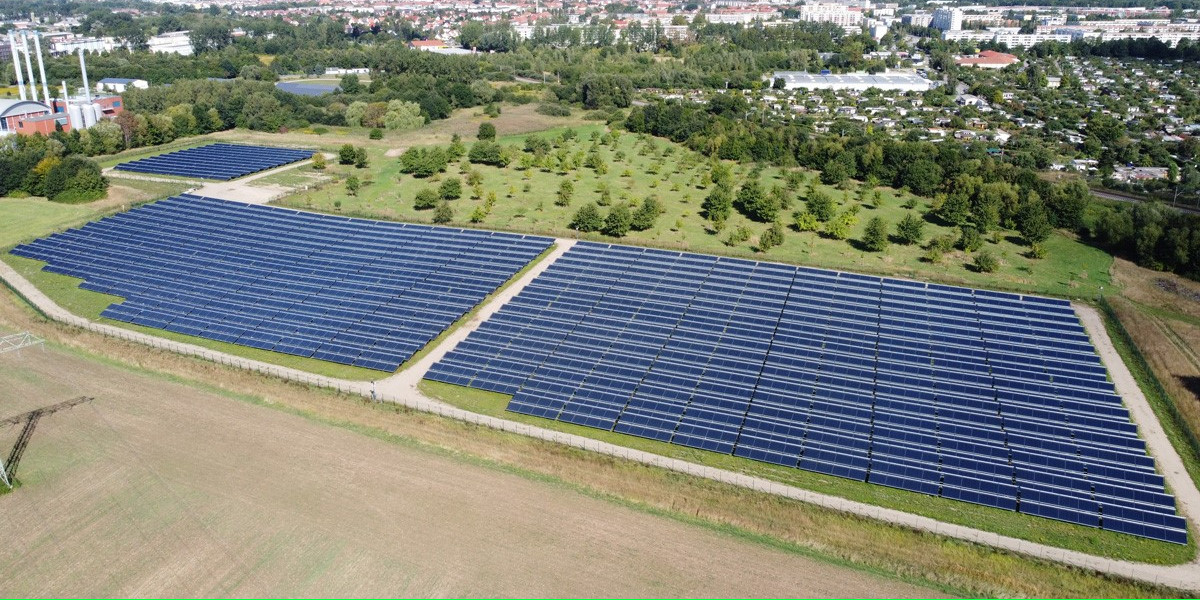On September 15, municipal utility Stadtwerke Greifswald ceremonially commissioned its 18,700 square meter solar thermal plant. It is currently the largest solar thermal plant in Germany.
Over the course of the year, the municipal utility expects the plant to generate around eight gigawatt hours of energy, which will account for 3 to 4 percent of the total energy fed into the district heating network.
During the past summer months, the plant was already able to generate all the power needed in the grid during the test phase – thus saving on other fossil fuels.
The plant was financed by means of federal funding through the iKWK tender introduced in the CHP law. iKWK – “innovative combined heat and power” in the Greifswald case means that the solar thermal plant was combined with an electrode boiler and a classic combined heat and power plant to form a single control unit.
The collector field, with almost 19,000 square meters of gross collector area, is conveniently located on land immediately adjacent to the cogeneration plant. The land is owned by a foundation committed to sustainability. A project-related development plan made it possible to approve the use of solar energy.
In 2024, a planned large-scale heat storage facility with a storage volume of 6,000 cubic meters is to be completed and also integrated into the district heating network. This will allow even more heat to be stored and used in seasons with low solar yields. The share of renewable district heating in Greifswald will thus be significantly increased to around 20 percent.
Even about 35 percent of district heating could be provided renewably if the power-to-heat component were fully utilized: The 5-MW electrode boiler is designed to process primarily wind power from the region into heat when it would otherwise be derated. This derating of the wind turbines is currently still taking place. For example, if the electricity cannot be transported via the existing lines or because negative prices are threatening on the stock exchange due to productive lignite and nuclear power plants.
These political-infrastructural obstacles currently still cap the share of renewable heat in the Greifswald grid. In any case, the plant with Germany’s largest collector field is ready.
Photo: Greifswald municipal utilities

